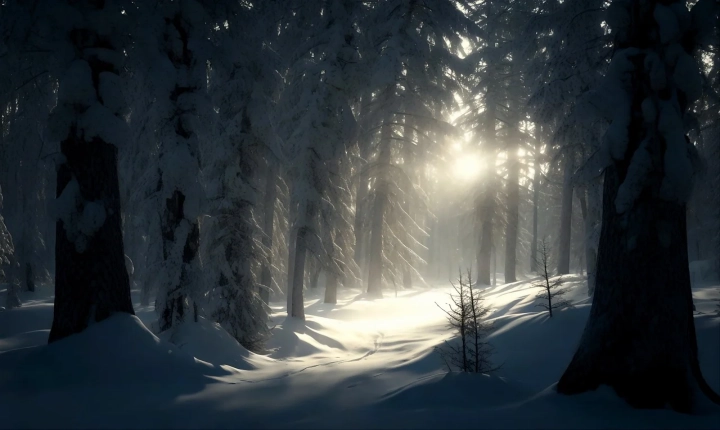Title: A Beginner’s Guide to Converting Photos to AI: Transform Your Images into Vectors
In the world of graphic design, the ability to convert photos to scalable vector graphics (SVG) using AI (artificial intelligence) is a valuable skill. This process allows designers to transform raster images, such as photographs, into vector images, which are composed of mathematical equations and can be scaled to any size without losing quality. In this article, we will explore how to convert photos to AI using various techniques and tools.
Understanding the Conversion Process
Converting a photo to AI involves the process of vectorization. This process essentially involves tracing the shapes and contours within a photo, creating a vector representation of the image. Traditional vectorization can be a time-consuming task, as it requires manual tracing of the photo’s features. However, AI-driven tools and software have revolutionized this process, making it more efficient and accessible to designers of all skill levels.
Utilizing AI-Powered Software
One of the most effective ways to convert photos to AI is by using AI-powered software. There are several online platforms and software tools that utilize AI algorithms to automate the vectorization process. These tools typically offer a user-friendly interface and require minimal input from the user.
Popular software options include Adobe Illustrator, CorelDRAW, and Vector Magic, all of which have built-in features for photo-to-AI conversion. These programs use advanced algorithms to analyze the photo and then automatically generate a vectorized version. By leveraging these tools, designers can quickly and accurately convert photos to AI without the need for extensive manual tracing.
Choosing the Right Settings
When using AI-powered software to convert photos to AI, it’s essential to understand the various settings and options available. Most software tools allow users to adjust parameters such as color depth, noise reduction, and edge detection. These settings can significantly impact the quality and fidelity of the vectorized image.
For example, reducing noise can help clean up the final vector image, while adjusting color depth can preserve details within the photo. Experimenting with these settings and finding the right balance is crucial to achieving optimal results.
Manual Vectorization Techniques
In some cases, AI-powered software may not be able to accurately capture all the details of a photo. In such situations, employing manual vectorization techniques can be beneficial. This involves using the software’s drawing tools to manually trace over the photo, creating a vectorized version by hand.
While this approach is more time-consuming, it allows for greater control and precision, especially when dealing with complex or intricate images. Additionally, combining manual tracing with AI-powered tools can often yield the best results, as it allows designers to refine and customize the vectorization process.
Considerations for Output and Usage
Once the photo has been successfully converted to AI, it’s important to consider the intended output and usage of the vectorized image. For example, vectorized images are ideal for use in logo design, print materials, and scalable graphics for web design. Understanding the specific requirements of the project will help ensure that the vectorized image meets the necessary standards in terms of resolution, color accuracy, and scalability.
In conclusion, converting photos to AI using AI-powered tools and software is a transformative process that empowers designers to create scalable vector graphics from raster images. By leveraging the capabilities of AI algorithms and understanding the nuances of vectorization, designers can efficiently convert photos to AI while maintaining quality and fidelity. Whether using automated vectorization or manual tracing techniques, the ability to convert photos to AI opens up a world of creative possibilities for graphic designers.
